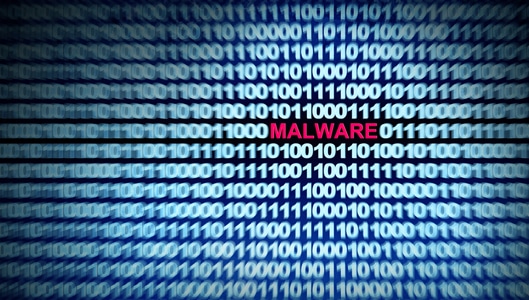Your complete guide to getting yourself infected with malware
Following on from our complete guide to giving crooks access to your Facebook account, we have now compiled some of the best advice out there to getting yourself infected with malware.
If you want cyber crooks to stalk your online activities, collect your passwords and sensitive financial information, hold hostage all your personal files or harness your computer for any number of nefarious activities, then you should follow these five steps. They’ll get malware on your computer in no time.
5. Always give permission
If something is asking for your permission to run and/or download, make sure you always say yes. Your Internet browser and security software won’t let files automatically download to your computer and run., so most of the time it’s you that needs to allow the download to begin.
So you need to say yes to make sure that malware can get onto your computer as quickly as possible. It you’re on a website you don’t trust or landed on after blindly clicking links on social media, that’s even better, because there’s a higher chance that will be malware!
4. Don’t update your software
Criminals are always looking for security exploits in the software you’re using, so they can install malware on your computer with greater ease. Ensuring you never install updates will allow criminals to exploit those vulnerabilities. You might not even have to go through the trouble of granting permission for the malware to install since it may happen automatically.
Sponsored Content. Continued below...
3. Assume all email attachments are safe
Whether or not you know the sender, just automatically assume all email attachments are okay to open and run, especially if they are in a ZIP file or have BAT, JS or EXE extensions.
2. Install free software without researching it
No matter where you found a piece of software, just install it. Whether it was from a peer-to-peer file sharing service or from a website you’ve never heard of. Install it and don’t research whether the software is dangerous or whether it will try to install dangerous components onto your device.
1. Don’t use security software
Security software has the ability to detect and remove malware, so make sure you don’t have any installed (or disable any included security software) to make sure malware stays on your computer. Also never perform any system scans which could uncover malware on your computer.
Continued below...
Thanks for reading, we hope this article helped, but before you leave us for greener pastures, please help us out.
We're hoping to be totally ad-free by 2025 - after all, no one likes online adverts, and all they do is get in the way and slow everything down. But of course we still have fees and costs to pay, so please, please consider becoming a Facebook supporter! It costs only 0.99p (~$1.30) a month (you can stop at any time) and ensures we can still keep posting Cybersecurity themed content to help keep our communities safe and scam-free. You can subscribe here
Remember, we're active on social media - so follow us on Facebook, Bluesky, Instagram and X
